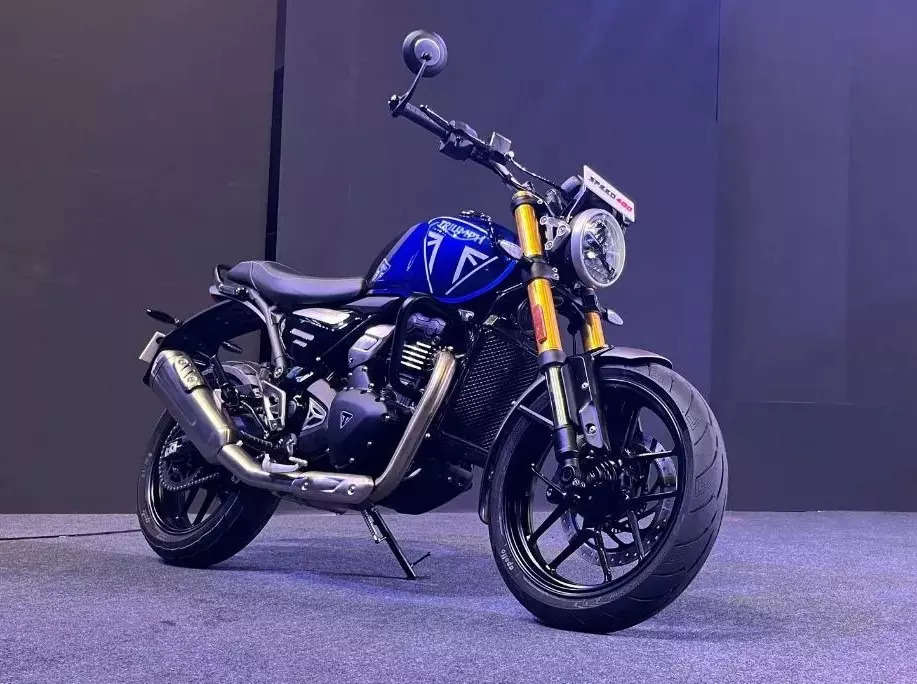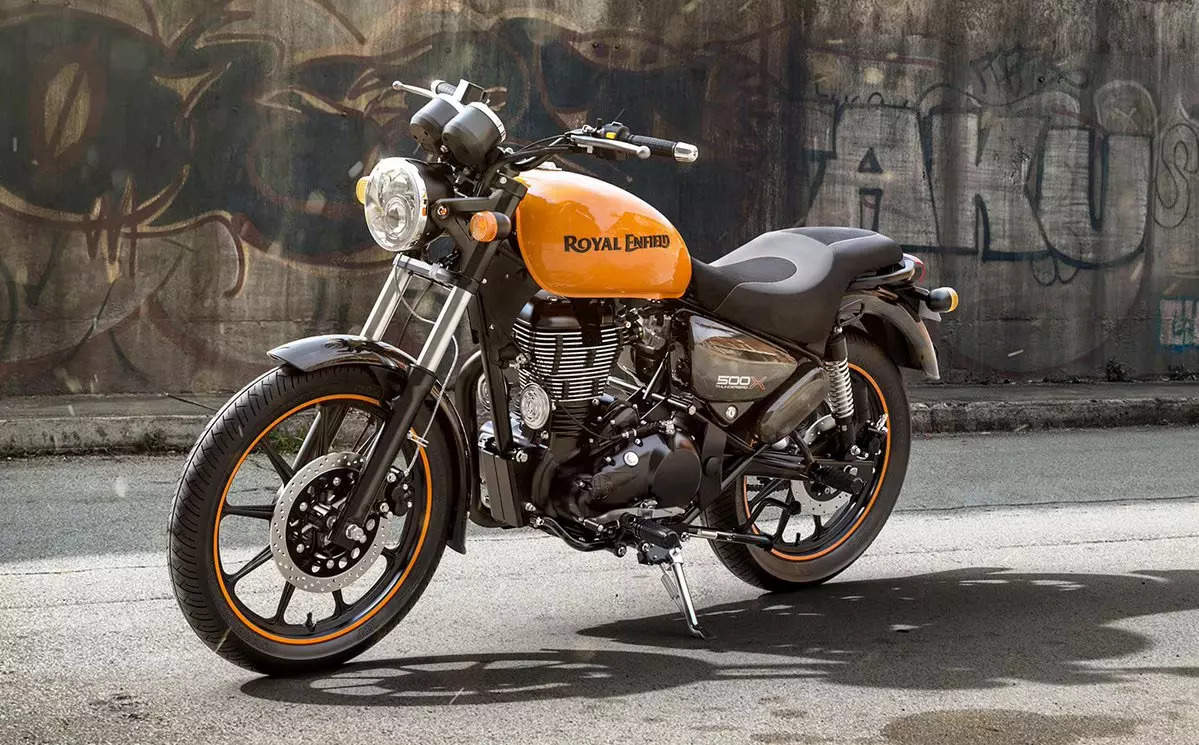
Bajaj Auto, a prominent player in the Indian motorcycle market, is gearing up for a comeback in the 400cc segment with the launch of Triumph motorcycles. This move puts it in direct competition with the reigning dominator of the 350cc plus segment, Royal Enfield, which currently holds an astounding 90% market share. Bajaj Auto aims to challenge Royal Enfield’s dominance and capture a part of its market share by offering competitive pricing and compelling products.Rajiv Bajaj acknowledged that Royal Enfield has traditionally performed very well in the segment where Bajaj Auto and Triumph are entering. To explain their approach, he drew an analogy to the famous American bank robber, William Francis Sutton. Bajaj quoted Sutton, saying, “There was a famous bank robber in America called William Francis Sutton. When asked why do you rob a bank, he said that’s where the money is. So if Royal Enfield is where the money is, then we have no choice but to rob that bank.”
Bajaj’s previous venture into the 400cc segment with the Dominar 400 and the KTM 390 Adventure did not yield the desired results, despite the Dominar’s affordable pricing. However, Bajaj took customer feedback seriously and addressed the Dominar’s shortcomings by introducing updates such as USD forks and a power increase, resulting in improved sales. The company transformed the Dominar into an exceptional entry-level touring motorcycle, positioning it as a reliable option for riders looking for affordable adventure touring.
In comparison, the upcoming Triumph Speed 400 presents a more advanced set of components and features. It boasts LED lighting, USD forks, a monoshock rear suspension, dual discs with dual-channel ABS, a semi-digital instrument cluster, alloy wheels, switchable traction control, and a type-C charger. The Speed 400’s 398cc liquid-cooled single-cylinder engine generates 39.5bhp and 37.5Nm of torque, surpassing the power output of Royal Enfield’s Hunter 350. With competitive pricing from Bajaj-Triumph at 2.3 lakhs and Harley-Hero at 2.29 lakhs, both products are poised to challenge Royal Enfield’s market dominance. Domestic Sales in the 350-500cc segment
Source: SIAM
In terms of pricing, the Royal Enfield Himalayan 411cc starts at INR 2.15 lakhs, while the Royal Enfield Scrambler is priced at INR 2.06 lakhs (ex-showroom). Bajaj-Triumph’s competitive pricing will undoubtedly attract customers who are seeking alternatives to Royal Enfield’s offerings.
The recent introduction of the Royal Enfield Hunter 350 and the upcoming Triumph Speed 400 has sparked discussions about the potential impact on Royal Enfield’s market position. The Hunter 350 caters to riders seeking a satisfactory package with basic features, while the Speed 400 offers a more advanced set of components and features, surpassing the power output of the Hunter. Triumph’s superior specifications give the Speed 400 an advantage over the Hunter, providing a different riding experience with its refined engineering and strong mid-range performance.
Pricing will be a crucial factor influencing the future of these two brands. The extent of Bajaj-Triumph’s pricing strategies remains unknown, but the coming months will reveal whether their offerings will be positioned higher than Royal Enfield, potentially impacting the sales and market perception of both the brands.
While Triumph’s offerings may have an edge in terms of product variety, refinement, and performance, it is unlikely that they will overtake Royal Enfield in the near future. Royal Enfield motorcycles have a unique charm and appeal, known for their low RPM performance and distinctive engine sound, making them enjoyable for urban riding. Triumph motorcycles, on the other hand, offer a different riding experience, placing emphasis on strong mid-range performance and speed.
Royal Enfield’s recent efforts, such as the introduction of the Interceptor 650 and related variants, demonstrate a step in the right direction. By focusing on reliability and continuous product updates, Royal Enfield can gradually enhance its competitiveness. However, it will require significant time and effort for Royal Enfield to match Triumph’s standards and pose genuine competition.

The competitive landscape in the Indian motorcycle market is set to evolve with the entry of Bajaj-Triumph in the 400cc segment. While Triumph’s offerings may not overtake Royal Enfield in the near future, they can certainly pose a challenge and capture a portion of the market share. The coming years will reveal how well Bajaj-Triumph motorcycles are received by consumers and whether Royal Enfield can maintain its stronghold through product enhancements and expanding its lineup.
The future for Bajaj and Royal Enfield in the Indian motorcycle market is both competitive and dynamic. Bajaj Auto, in collaboration with Triumph, seeks to disrupt Royal Enfield’s dominance by offering competitive products. Royal Enfield, with its unique appeal and loyal customer base, aims to maintain its market position through continuous innovation and improvement. The market will ultimately determine the success of both brands, and the competition between them will shape the motorcycle landscape in the years to come.

















